Know about Dangerous Snapping Turtle
There would hardly be anyone in the world who has not heard the story of the hare and the turtle. mainly from this story, we come to know about the slow and steady nature of the turtle. But is the identity of the turtle just this? This question is important because many species of Turtle are found on earth, in which different features and abilities are seen.
Especially if we talk about turtles, then the most dangerous snapping turtle is considered. Do you know how powerful the turtle is and what it can do, then let us tell you some unique facts about it.

Turtle – The Oldest Species
On this planet the name of the turtle comes first among the slow-moving creatures, the species of turtle has existed on this earth for millions of years. It is said that turtles have been present on this earth even before snakes and lizards. In the world of animals, turtles are considered to be one of the longest-living creatures. Which can live for about 350 years.
Turtle species are found in almost every continent of the world except Antarctica. But in this article, we will only talk about the snapping turtle, which is considered more aggressive and dangerous than the normal turtle.
There are two types of Snapping Turtle. One is called the common snapping turtle (Chelydra serpentina), while the other is called Alligator snapping turtle (Macrochelys temminckii), so let’s look at the things that make them dangerous from other turtles.
.
Snapping Turtle Appearance And Behavior
So let’s first take a look at their appearances. If we talk about the body structure of a snapping turtle, then it has 2 dark eyes, 4 legs, webbed feet, and a mouth-like hooked beak. There, 5 claws are found in each foot. Which are very strong and dangerous, which they use during hunting.
If you look closely at the snapping turtle’s screen, most of it is covered with rough bumps called tubercles. Generally seen in dark brown and black color only. Being nocturnal, they mostly go hunting at night. Their mouth is designed like a hooked beak of a bird, which helps in catching prey.
.
Snapping Turtle Weight
The weight of a snapping turtle is about 10 to 35 kg. As such, the turtle is considered a very slow creature. But the head and neck of the snapping turtle are very flexible, due to which they show great agility in catching the prey. Snapping turtles are mostly seen only in those areas where food is available, that is, where there is a shortage of food, they migrate from there.
.
Importance of Shell for Snapping Turtle
As most of you would already know that for protection turtles hide their whole body inside the shell. Turtle comes in the list of very slow-moving animals, due to which many times it also becomes a victim of predators. ,
However, nature has given them a unique feature by which they can save their lives and that is their shell which is very strong. Their shell is about 40 to 70 cm large. To avoid predators, turtles hide in this shell. Yes, but nature has played a trick on the Snapping Turtle. These turtles have a shell to hide in, but it is not large enough to hide their entire body.
Actually, there is a strong plate on the lower part of these shells, which is called a Plastron. But the size of the plastron found in the snapping turtle is not so large that it can hide completely in it. Due to the large size of their neck, tail, and legs, they are not able to fit completely in the shell.
Let us tell you that many times it proves to be dangerous for them because it is very easy for hunters to attack and catch them.
.
Aggressive Nature Of Snapping Turtle
Snapping turtles walk slowly on land but are adept at swimming underwater. If they feel threatened by a predator in the water, then they swim fast and hide in one place. Especially if we talk about snapping turtle, then it is of aggressive nature and does not hold back from counter-attacking their predators.
When they are on the ground, they are even angrier and more attacking mode. It seems as if whoever comes in their way is not well, they use their dangerous claws, sharp hooked beak, and powerful jaws to attack the predators in times of danger and also injure their enemy badly…
That is in this case, some people also compare the snapping turtle with the crocodile because their aggression and attacking mode are almost the same. The only difference is that they are smaller in size.
.
Snapping Turtle Habitat
Talking about the habitat of Snapping turtles, they can be seen in lakes, ponds, and rivers of North America. This solitary animal likes to be alone. But they can be seen together during mating. Interestingly, snapping turtles adapt to a wide variety of habitats.
By the way, most of them like to live in hot climates. But there are some Snapping turtles that survive even in the cold weather of Canada. Actually, to stay in this weather, snapping turtle resorts to hibernation. In this situation, they hibernate for about five to six months and remain in this hidden mud until warm weather returns.
They prefer to spend most of their time in the water, except during the mating season. Due to their strong legs and their speed, they can swim very well in the water. Although many times they are also seen sunbathing outside the water.
.
Snapping Turtle Diet
Snapping turtles are omnivores, which means they do not play tantrums when it comes to food and drink. If they are hungry, they can survive by eating anything. That is, along with meat, they can also eat plants. Their diet also includes frogs, insects, crayfish, fish, ducks — and green plants that grow in water.
Actually, due to the quality of survival in both water and land, they do not face any shortage of food. Everywhere they get something to eat. Also, because of their powerful jaws, they have the ability to eat anything. They are afraid only of big hunters. Otherwise, the snapping turtle can easily make its food on creatures like frogs, and ducks.
.
Snapping Turtle Hunting Techniques
Adult Snapping Turtles are quite aggressive. This is the reason that very few animals can hunt this creature. Now you may find this animal small and helpless to see, but do not go on its innocence because it has a unique way of hunting.
If you look closely at the leg of the Alligator Snapping Turtle, it wriggles like a worm. Actually, it hides in the vegetation and uses its leg as bait to trap the prey. Because of this many times, the fish gets cheated. As soon as the fish thinks it is a worm, it comes to eat it. She herself becomes a victim of Turtle.
Apart from this, turtles can easily feel any kind of vibration in the water and can detect the prey around them. In this way, the Snapping Turtle can also be called a successful predator.
.

Snapping Turtle Lifespan And Breeding
Talking about the Lifespan of Snapping turtles, their mating season is from April to November. For mating male turtles search for female partners using their smelling sense.
According to experts they communicate with the help of their leg movements. About 1 week before laying eggs, the female turtle starts living on land from water. To keep the eggs in a safe place, it digs a pit in the sand with the help of its claws and legs.
It is said that female turtles can lay about 20 to 40 eggs at a time, which takes about 3 months to mature. But sadly, very few eggs survive in the end and hardly one or two turtles make it to adulthood.
The surprising thing is that the mother turtle does not stay near the eggs for long, but hides the eggs under the sand and goes back to the water. That’s why there is a danger of predatory animals on these eggs. These predators only have a hand in reducing the number of eggs.
After hatching the mother turtle takes the babies with her and goes into the water. Where children start surviving on their own. In the beginning, the shell of children is not very hard. But with time it becomes hard.
.
Threat To Snapping Turtle
Looking at their diet, hunting skills, and body structure, it can be said that there are very few animals in the forest that can hunt them. Although it is a different matter that only some large turtles make small turtles their prey. They are also at great risk from humans because many people include them in their diet plans and some people sell them in the market.
Apart from this, creatures like racons, foxes, snakes, crosses, and great blue herons keep an eye on the babies and eggs of these. Line clearing and construction are also considered responsible for their dwindling numbers. Along with this, due to water pollution and habitat loss, there is a decrease in their number.
This is the reason why the Snapping turtle species is considered threatened in the IUCN list. That means it is necessary to save this creature. What do you think about this, you can tell us in the comment box.
FAQ:
Where do snapping turtles live?
Snapping turtles are native to a wide range of habitats in North America, including swamps, marshes, ponds, and slow-moving rivers. They are found throughout most of the United States and Canada, as well as parts of Mexico.
When do snapping turtles lay eggs?
Snapping turtles typically lay eggs in the late spring or early summer, depending on the location and the specific species. In North America, common snapping turtles (Chelydra serpentina) often lay their eggs in May or June, while alligator snapping turtles (Macrochelys temminckii) tend to lay their eggs later in the summer.
Are snapping turtles endangered?
Snapping turtles are not considered fully endangered as a species, but they are considered a species of concern in some parts of their range. This means that they are not currently in danger of extinction, but their populations may be declining or facing threats that could affect their long-term survival.
Do snapping turtles live in water?
Yes, snapping turtles are aquatic animals that live in freshwater environments such as ponds, lakes, and swamps. They are well-adapted to life in the water, with webbed feet for swimming and a streamlined shell for moving through the water. Snapping turtles are also good divers and can stay underwater for extended periods of time. They spend much of their time in the water, but they will also come onto land to bask in the sun or to lay eggs.
.
- Electric Fish – Shocking Deadliest Electric Fish Species
- African Bullfrog Life Facts & Information
- Lobster: The Most Unique Creatures of the Ocean


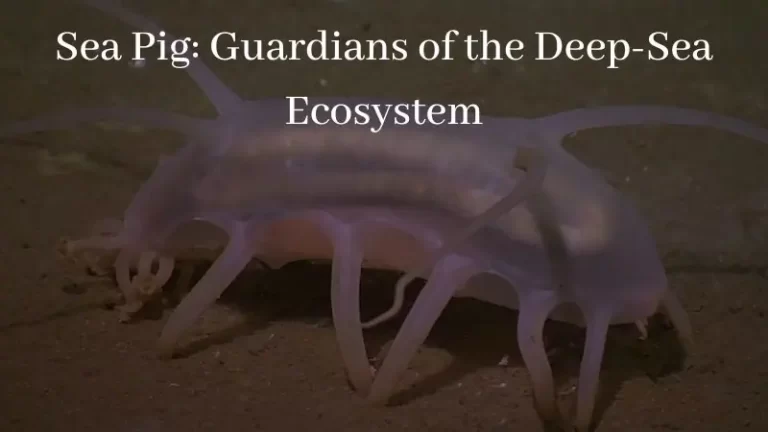
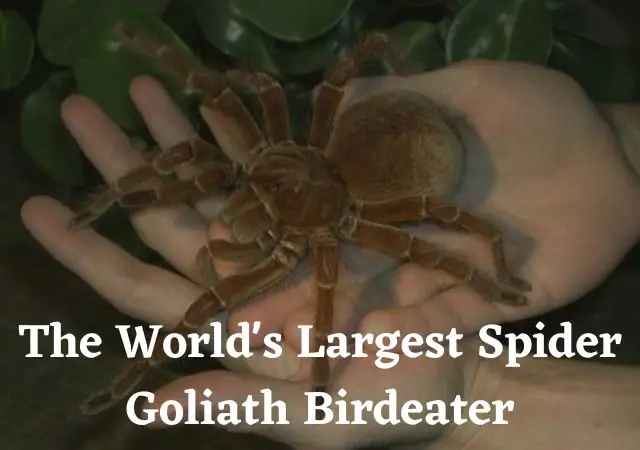
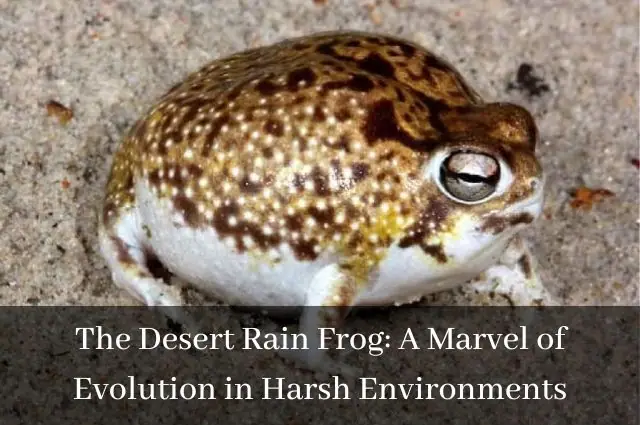
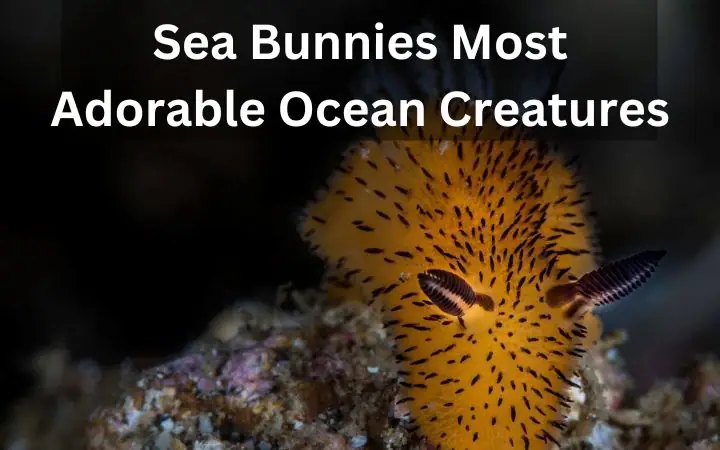
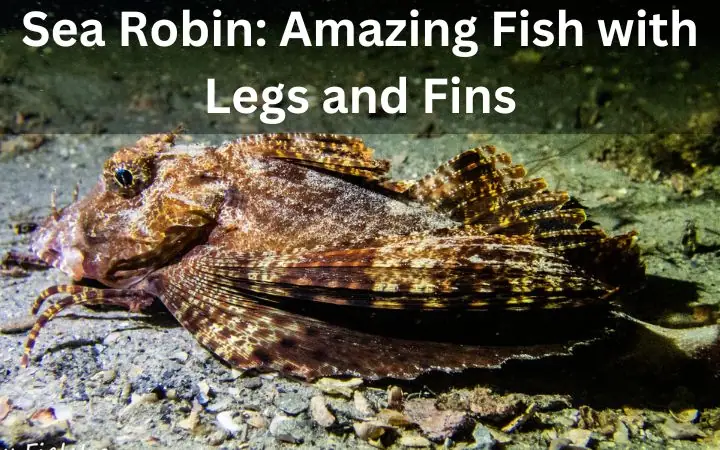

Your article helped me a lot, is there any more related content? Thanks!